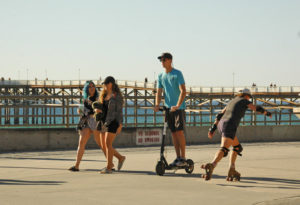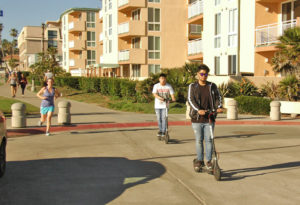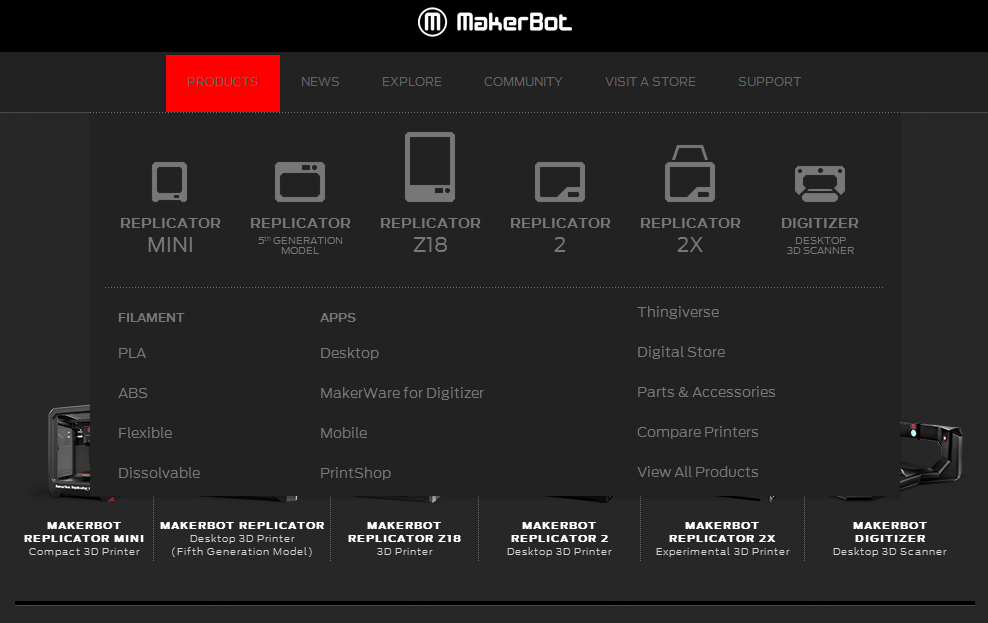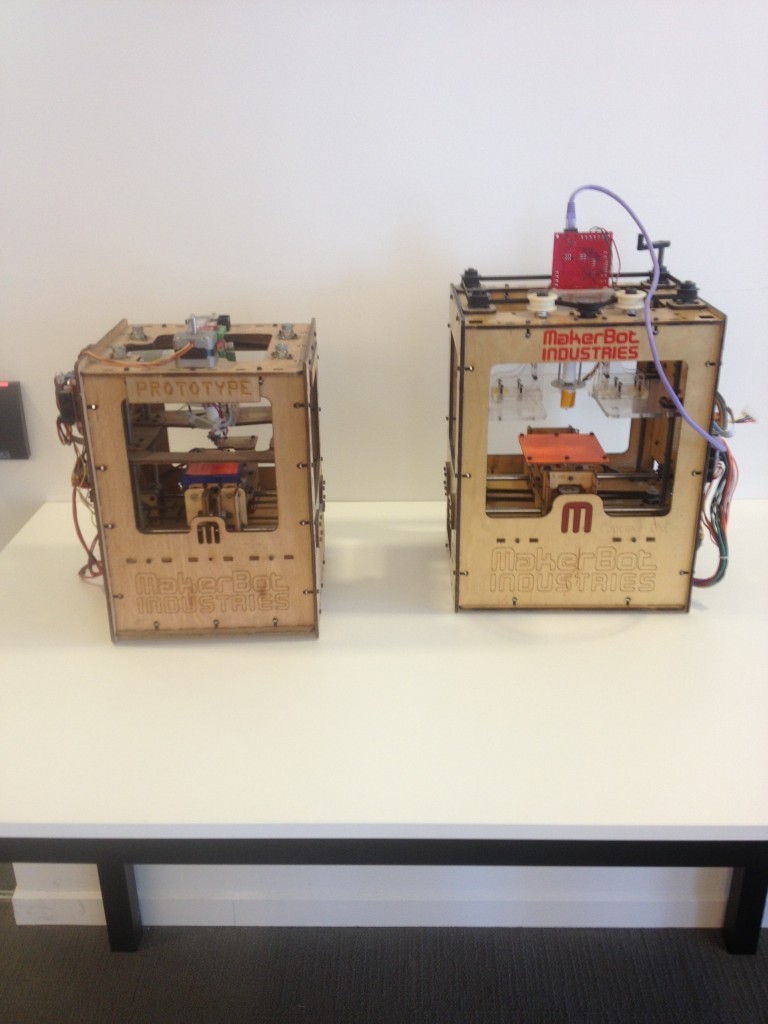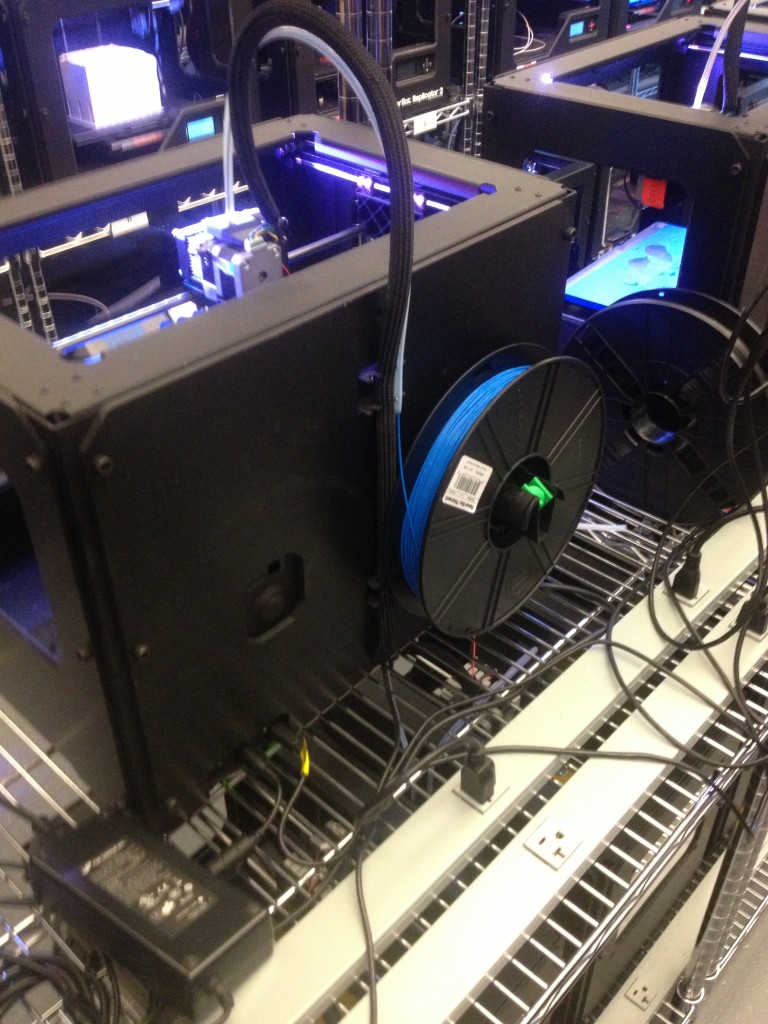Research in psychology and psychiatry suggests that certain types of images or visual stimuli can help individuals improve focus and reduce distractions. These images often leverage principles of attention regulation, mindfulness, and environmental design. Here are a few scientifically-backed approaches:
1. Nature Scenes
- Why it works: Studies show that exposure to nature or even viewing images of natural environments can restore attention and reduce mental fatigue. This is based on the concept of Attention Restoration Theory (ART), which suggests that natural environments engage our attention in a gentle, involuntary way, allowing the directed attention system to rest.
- Example Images: Forests, flowing water, mountains, and greenery.
- Best Use: Displaying posters, screensavers, or paintings with calming natural scenes.
2. Abstract Art with Low Complexity
- Why it works: Complex or cluttered images can overstimulate individuals with ADHD, while simple, abstract designs or patterns can create a calming effect and reduce distractions.
- Example Images: Geometric patterns, smooth color gradients, or minimalist art with soft tones.
- Best Use: Use as background art in workspaces or as phone wallpapers.
3. Mandala Patterns
- Why it works: Mandalas and other symmetrical designs can promote mindfulness and focus through their repetitive and orderly structure. Some ADHD therapies include coloring mandalas to improve focus and reduce hyperactivity.
- Best Use: Use as interactive exercises (e.g., coloring apps) or as visual elements for meditation breaks.
4. Images with Blue and Green Hues
- Why it works: Blue and green are associated with calmness and focus. Research has shown that these colors can help regulate mood and improve attention span.
- Example Images: Ocean waves, clear skies, green fields.
- Best Use: Backgrounds for work environments or calming breaks.
5. Goal-Oriented Visuals
- Why it works: Visuals that represent goals, steps of a task, or progress can help individuals with ADHD stay task-oriented. Seeing a visual roadmap of their objectives can reduce the cognitive load and prevent distractions.
- Example Images: Infographics, step-by-step diagrams, or progress trackers.
- Best Use: Incorporate into task planning or to-do lists.
6. Soft Animated Visuals
- Why it works: Slow, non-distracting animations (like a gentle ocean wave or a flame flickering) can serve as a grounding point for focus. These animations are particularly useful for reducing anxiety and helping individuals stay engaged without overstimulation.
- Best Use: Display on digital devices or monitors as a background focus tool.
7. Visual Reminders of Break Spaces
- Why it works: Seeing a calming visual associated with a planned break (e.g., a peaceful garden or quiet reading corner) can create a mental cue for focused work until the break arrives.
- Example Images: Personalized images of a favorite relaxation spot or a digital timer with an image of the break area.
- Best Use: Use as desktop backgrounds or on task management tools.

